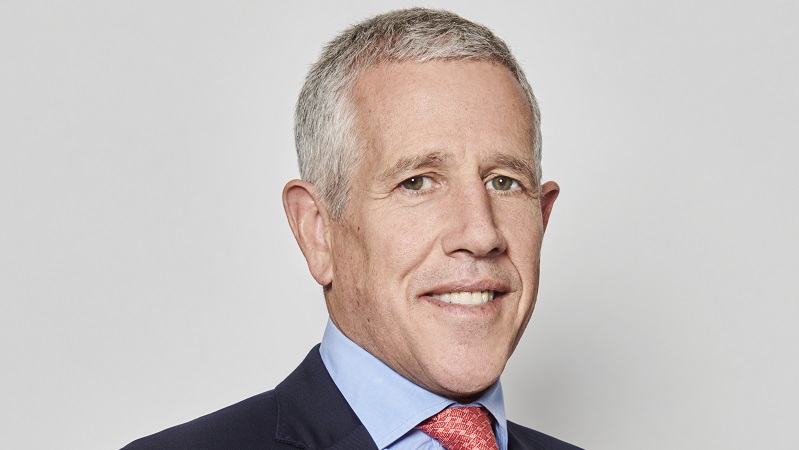President Joe Biden announced his withdrawal from the presidential race on Sunday 21 July, endorsing Vice President Kamala Harris as the Democratic candidate in his departure less than four months ahead of the election.
The decision follows a week where former President Donald Trump survived an assassination attempt and was announced as the official Republican nominee by the GOP, while Biden was diagnosed with Covid-19. Biden began to face pressure to step down from the campaign following the first presidential debate at the end of June. In the past week, both former president Barack Obama and Congresswoman Nancy Pelosi were reported to express concerns over the candidacy.
The Democratic National Convention does not begin until 19 August, and there has been no official announcement on the Democratic nominee, but many have turned their heads towards Harris following Biden’s endorsement and her current role on the campaign trail. Harris ran for office in 2020, losing to Biden but becoming vice president in 2021. She is a former US Senator for the state of California, sworn into office in 2017, and former Attorney General for the state of California, beginning in 2010.
While markets were increasingly leaning towards Trump as the victor for November before the weekend, Lindsay James, investment strategist for Quilter Investors, believes Biden’s exit is “set to reignite the presidential race”. James noted that Harris as nominee could show continuity in policy while bringing in a “different style”.
“Markets have been increasingly pricing in a Trump victory in November, with smaller companies buoyed by expectations for broad import tariffs as well as the growing likelihood of a rate cut as early as September. J.D Vance as Trump’s Vice-Presidential choice has been a divisive one, given he is a man known for wanting to tighten regulation on banks whilst loosening it for cryptocurrency trading,” James said.
“Much will depend on whether the Democrats can unify quickly around a new candidate and whether that candidate can win over the swing states at a time when Trump clearly has the momentum. This news does make a Trump sweep somewhat less of a foregone conclusion and as such we should expect some volatility over the next four months. For now, however, the expectations of rate cuts will remain the driving force for market returns, rather than a noisy election campaign.”
History has not shown a Republican or Democrat in office to be a clear winner for the economy. Data from Janus Henderson going back to 1937 showed that while a unified Republican government returned an average 16.1% and a unified Democratic government returned 12.1% for the S&P 500, this flips for a split government. When a Democratic president was in office with a split congress, the S&P 500 returned an average of 15.9%, while a Republican president with a split congress returned just 9.4%.
So far, markets seem to welcome Biden’s decision to step down, but the uncertainty around who will be the new Democratic candidate could lead to market volatility, said Dan Coatsworth, investment analyst for AJ Bell.
“Harris being endorsed by Biden helps to avoid any panic on markets for now, given she provides continuity and experience supporting the current President. That means the focus for markets in the near term is likely to be investors reassessing any previous trades they made when it looked like Donald Trump would get back into power.
“Many investors will have looked at Trump’s ratings boost in the polls last week and placed trades on assets that could benefit if he returned to the White House. That included cryptocurrency, explaining why bitcoin has now pulled back on the news of Biden stepping down in the presidential election.
“The so-called ‘Trump trade’ assumed a boost for corporate profit but increased pressure on the US fiscal situation and a kicker for inflation if the former president won this year’s election. A victory also implied heightened geopolitical tension given Trump’s track record of being outspoken.”
See also: Nedgroup’s Landecker: Investors can’t ignore macro anymore
In past weeks, yield curves have also steepened with the expectations of a Trump victory, Schroders senior economist George Brown noted, which may see a reversal in the wake of Biden’s announcement. He said while Harris looks likely as the Democratic candidate, attention will turn to her vice presidential candidate. Currently, Trump remains ahead in polls, and Brown said increased protectionism, an immigration “clampdown”, and higher for longer inflation could be three areas of economic impact in a second Trump presidency.
Schroders analysts have estimated that under Trump, the US economy would face inflation of 2.2% in 2025, grow to 2.7% in 2026, and then calm to 2.3% in 2027.
“If Trump were to win the election, our expectation is that US growth would be stronger and inflation firmer. However, the Trump campaign has been light on detail and so it is difficult to make assumptions about economic policy,” Brown said.
“One thing that we are confident about is that most of the macroeconomic impact won’t be felt until 2026 onwards. Not only due to the time it will take to legislate and implement his agenda, but also because of the lags associated with the policy transmission mechanism eventually feeding through to activity and prices.”










